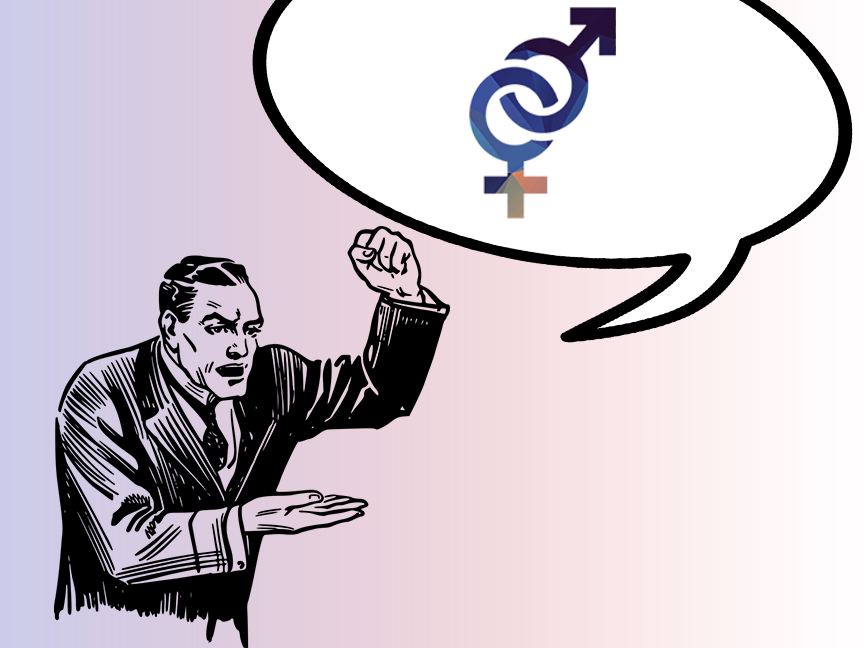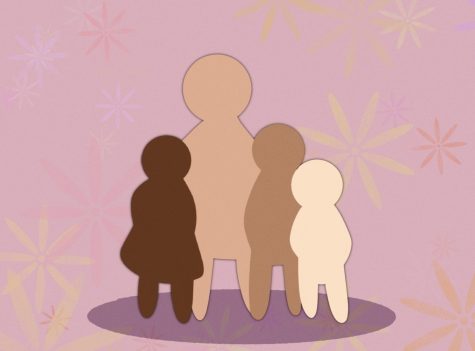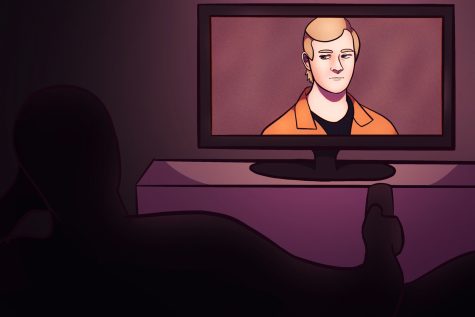OPINION: Sexual education curriculum will inform today’s youth
A comprehensive knowledge of sex ed, healthy relationships will help youth, teens develop safely
Kids need to be educated in a healthy, safe environment. If they can’t get that at home, it’s up to schools to teach them comprehensive sex ed.
October 14, 2020
There are countless issues surrounding the subject of sex and the youth, whether it’s teen pregnancy, sexually transmitted diseases, sexual assault or domestic violence.
The public education system has evolved from teaching an abstinence-based curriculum paired with an insubstantial lesson on human sexual reproduction to a more progressive and informative curriculum. At least there is an attempt to do so.
By modernizing the sexual education curriculum and introducing it earlier — in an age-appropriate manner — society could potentially foster knowledgeable individuals who make safe and informed decisions as young adults and beyond.
We could restrict this important information and allow children to explore the deep web and risk being led astray. However, one might say it would be most beneficial to create an environment in the classroom that allows young people to learn about what is healthy in a relationship, as they reach that milestone.
While many parents may prefer to educate their children about sex themselves, not every child gets to have that conversation with their parents because of a variety of factors that altogether stigmatize sex.
“We definitely need to start normalizing this because it’s very important,” said Itzia Mejia-Barragan, sophomore earth sciences major. “Sexual assault can happen at any age, and while some parents do teach their children on their own, I think about the ones that don’t. They are the ones left in the unknown.”
Marian Sciachitano, clinical associate professor at the WSU Women’s, Gender, and Sexuality Studies Program, said the curriculum will be age-appropriate, grade-appropriate, development-appropriate and consistent with state and federal guidelines as highlighted in Referendum 90 of this year’s voter pamphlet.
Having examined Senate Bill 5395, Sciachitano said the K-3 curriculum will consist of social and emotional learning, leading up to the topic of consent. A general understanding of consent and knowledge about what is considered inappropriate touching is information with the potential to save the life of a child who is at risk of sexual abuse. As these children grow to be young adults, that knowledge can apply to their relationships and help them set up boundaries without allowing coercion.
In regards to grades four to 12, the curriculum will be much more thorough by including physiological, psychological and sociological developmental processes, as well as interpersonal and intrapersonal communication skill development. The curriculum continues to emphasize a very in-depth approach toward sexual health education. So, by offering this information and supplemental resources to students, students are likely to make informed decisions regarding personal relationships and engaging in sexual activity.
“I have so many men and women that take my classes [in Women, Gender, Sexuality Studies] and say that this content should be taught before you get to college. People need to know this information earlier in life,” Sciachitano said. “That tells me there is an awareness that something was missing in the curriculum, in terms of public education.”
Like those students, there are many more who wish to have learned this information earlier.
“As a woman, there was so much I didn’t know. Women’s sexual health is not something they talked about very much,” Mejia-Barragan said. “I feel like it is a taboo, though it really shouldn’t be. I had to rely on Google to inform me, and as we know it’s not very reliable when it comes to health questions.”
Rather than having to rely on faulty internet sources, medically and scientifically accurate information should be made available to students in a classroom setting. After all, school is meant to prepare students for the real world and sexual health is a part of that. The objective is to help students to make educated decisions about something as personal, but impactful as relationships.
A resource Sciachitano found informative and necessary was released by the Boston Women’s Health Book Collective and is formally known as “Our Bodies, Ourselves,” which educated individuals on women’s health. Since its initial release, there have been several new editions that have become increasingly inclusive of diverse groups.
The accessibility of this knowledge is highly imperative for young, college-aged individuals who are becoming independent because they are at a critical point in their lives where any quick decision could impact the rest of their lives.
Rather than having to experience something life-changing and learning from it, it may be of help to have the proper knowledge and resources prior so individuals hold some sense of control.
There are many situations people are faced with in college that they are not taught to deal with, Sciachitano said. Identifying unhealthy habits can be difficult when you lack the knowledge of what is considered healthy.
An example is stalking, which occurs much more often than one would think, Sciachitano said. Sexual violence and other issues relative to it can be more easily identified if students have the background to understand the behavior is unhealthy, unacceptable and dangerous.
The comprehensive curriculum for sex education would cover anything that parents could potentially miss when having this conversation. Ideally, this curriculum would be taught by qualified instructors who specialize in sexual education, and who can create a sense of comfort as opposed to awkwardness when discussing such sensitive topics.
However, the availability of funds and personnel throughout the state may prevent that delivery of instruction. Instead, proper training of existing personnel would also generate a successful delivery of the material. Another benefit to this implementation is that the sexual health education curriculum, as current law states, would cater to people of any gender, race, sexual orientation and disability status.
This would promote more than just a heteronormative curriculum aimed towards cis-gendered or able-bodied individuals and would create a more inclusive atmosphere for diverse groups. A potential “step-up” from this comprehensive curriculum would be to teach the program in different languages to suit the discretion of ESL students that could be missing out on valuable information due to the language barrier, Sciachitano said.
The implementation of Senate Bill 5395 allows parents to review the material and decide if their child should receive this instruction; this has been and will continue to be an option. Whether or not parents see the purpose of learning this information while their children are still considered children lies upon what they perceive is best.
Understanding that this information is not meant to “poison the minds of the youth” is imperative, because this knowledge will become a life skill they will inevitably need in the future.

















